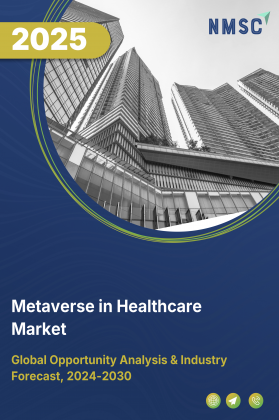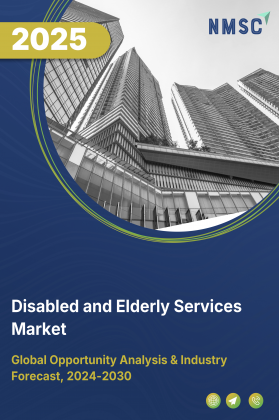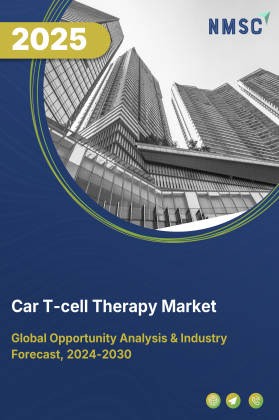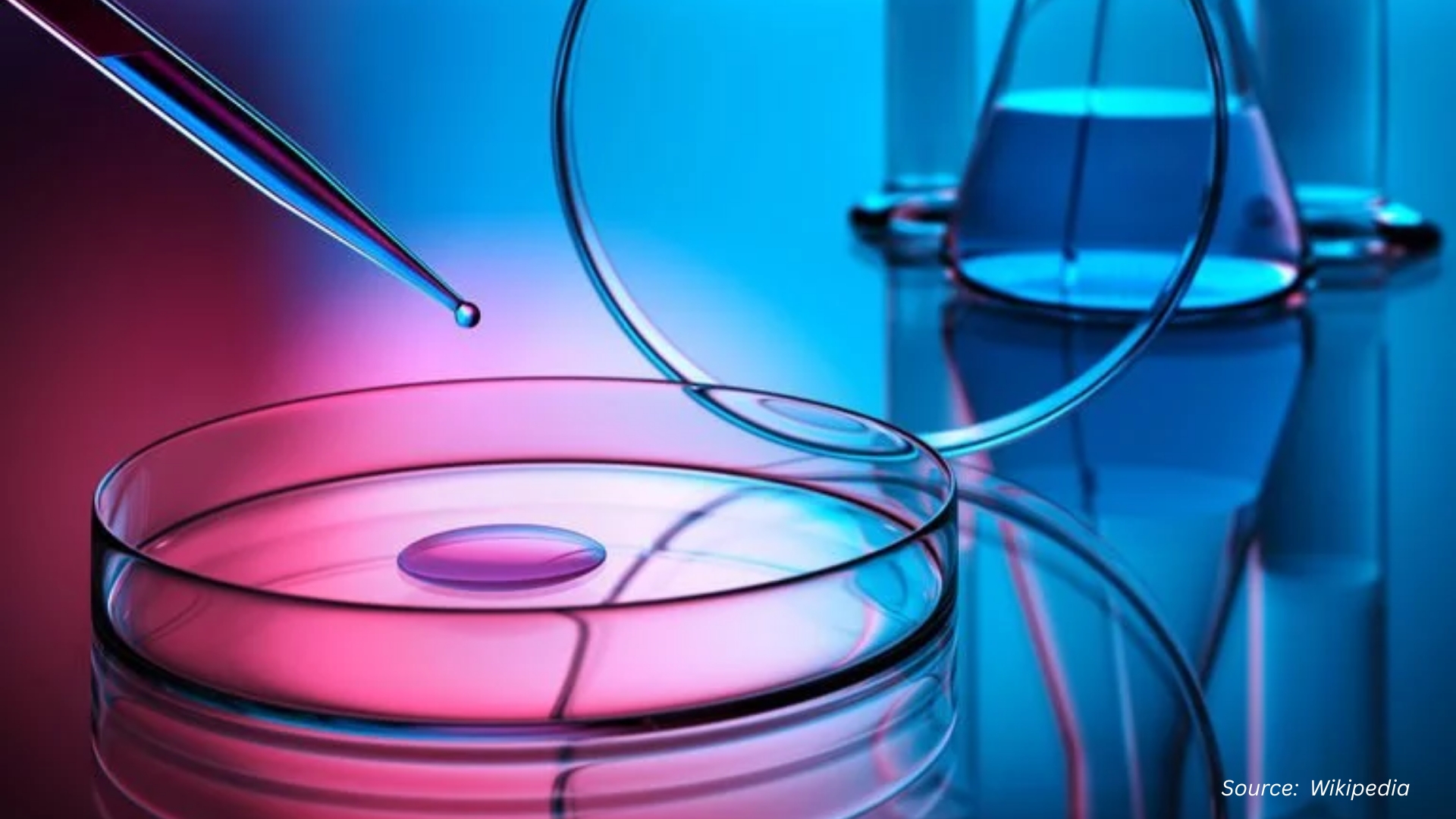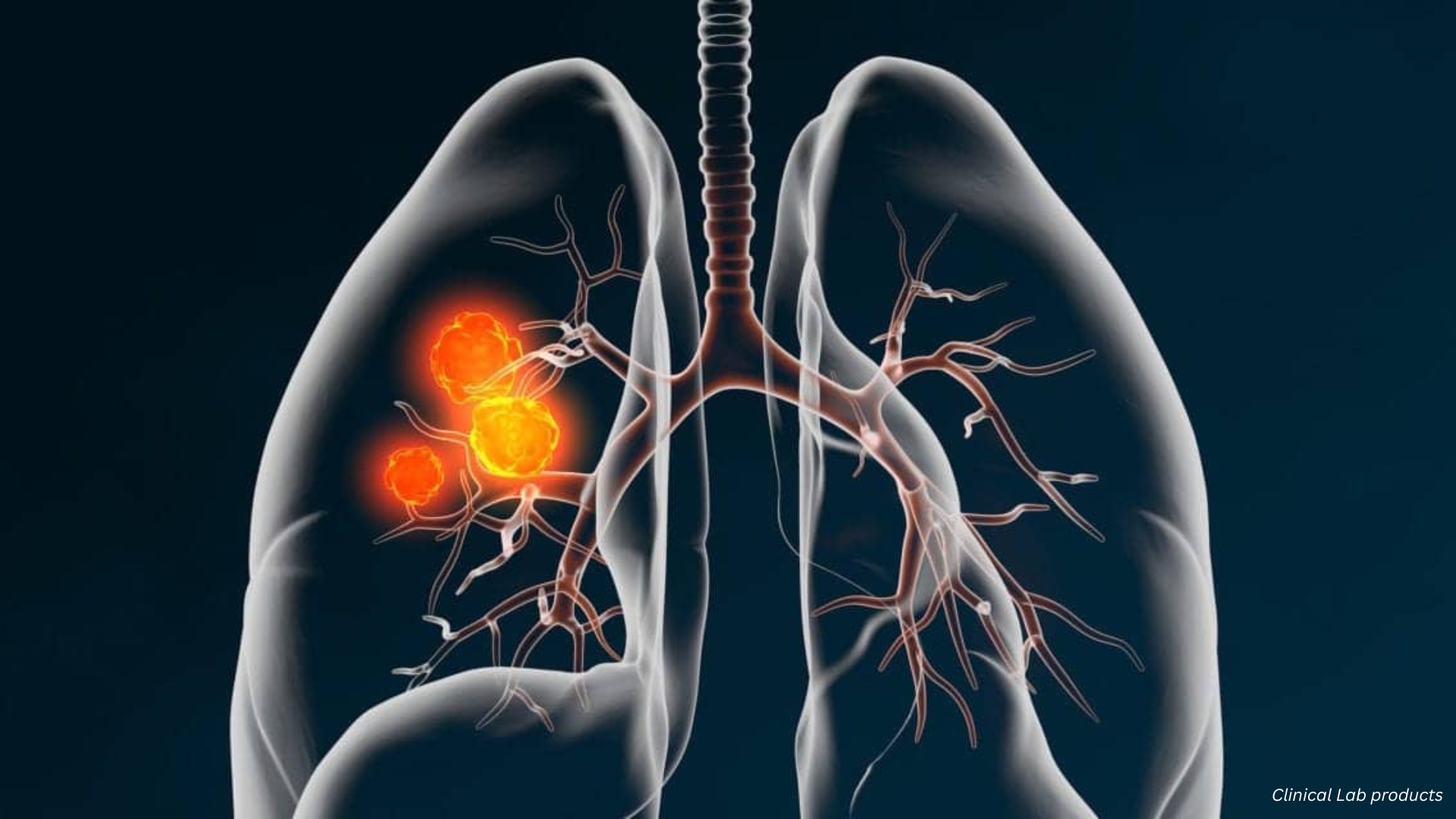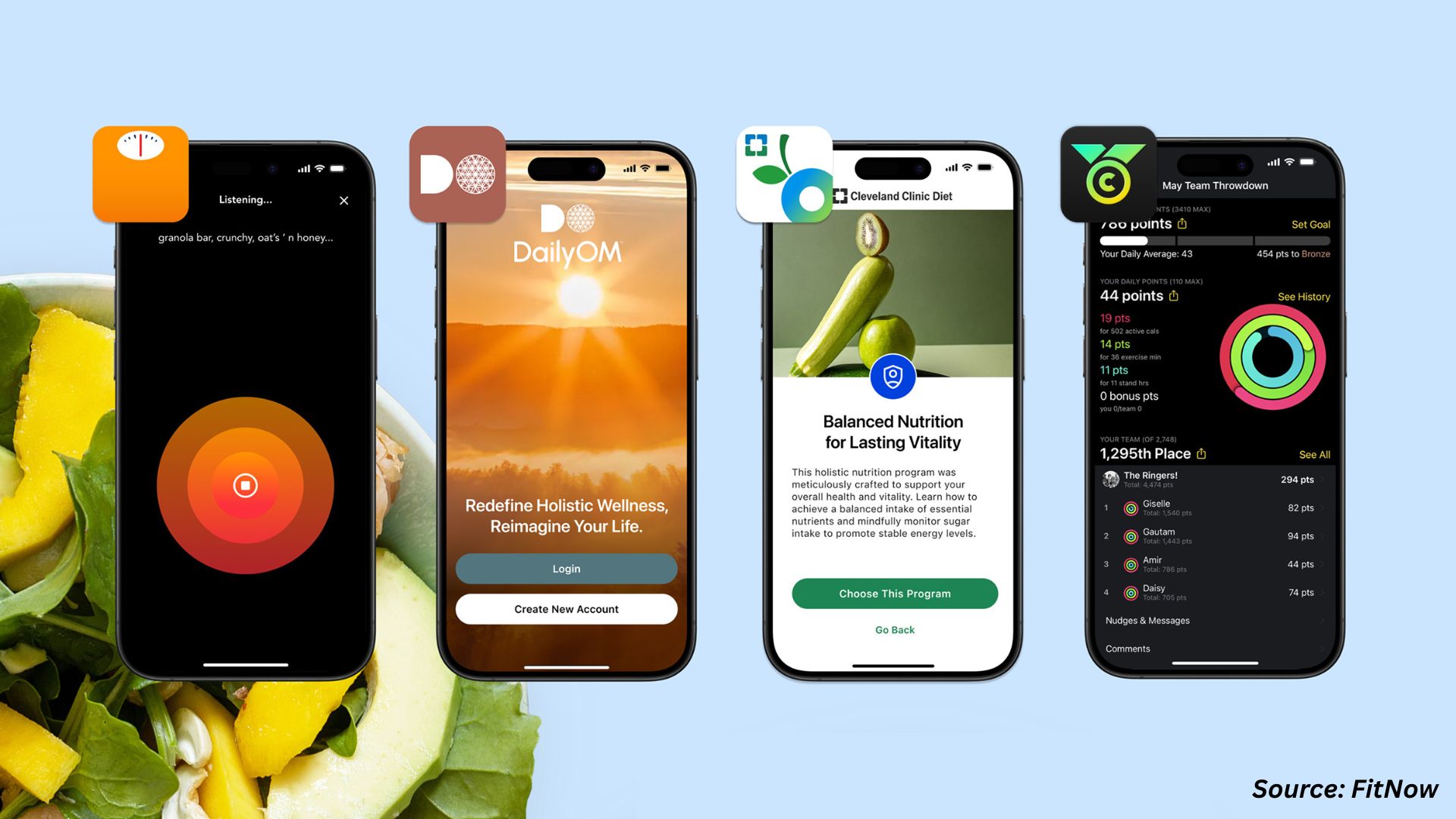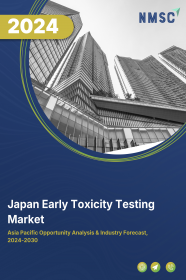
Japan Early Toxicity Testing Market by Technique (In Vivo, In Vitro and In Silico), by Toxicity Endpoint (Genotoxicity, Dermal Toxicity, Skin Toxicity, Ocular Toxicity, Phototoxicity, and Others), and by End-User (Pharmaceutical Industry, Cosmetic Industry, Chemical Industry, Food Industry, and Others) – Opportunity Analysis and Industry Forecast, 2025–2030
Industry: Healthcare | Publish Date: 26-May-2025 | No of Pages: 147 | No. of Tables: 112 | No. of Figures: 57 | Format: PDF | Report Code : HC752
Industry Overview
The Japan Early Toxicity Testing Market size was valued at USD 373.4 million in 2024, and is predicted to reach USD 416.2 million by 2030, at a CAGR of 1.8% from 2025 to 2030. Factors such as the expansion of pharmaceutical companies and the increasing incidence of cancer cases contribute significantly to the growth of the sector. However, the high cost associated with these tests poses a major challenge to market expansion. On the other hand, the integration of 3D cell culture technology offers a promising outlook by improving the accuracy and dependability of test results, thus supporting industry growth in the coming years.
Leading players such as Merck KGaA, Laboratory Corporation of America Holdings, WuXi AppTec, Medpace, Bruker Corporation, and others are actively pursuing strategies including product launches and regional collaborations to strengthen their competitive position. These efforts are expected to drive the adoption of early toxicity testing by enabling quicker identification of safety issues. The advancement in 3D cell culture further reduces clinical trial risks, ensures regulatory compliance, and promotes non-animal testing approaches, ultimately accelerating market development.
Expansion of Pharmaceutical Companies Fuels Market Growth
The growing presence of pharmaceutical companies focused on drug development is a key driver for the early toxicity testing market in Japan. New drug formulations require toxicity evaluations to identify harmful chemicals early in the development process. This early-stage detection improves drug efficacy and reduces development time and costs. According to the International Trade Administration, Japan ranks as the third-largest pharmaceutical industry globally and remains a major export market for U.S. pharmaceuticals. As pharmaceutical activities continue to expand, the adoption of preclinical toxicity testing solutions increases, driving industry growth.
Increasing Incidence of Cancer Cases Drives the Japan Early Toxicity Testing Market Growth
The rising incidence of cancer in Japan further fuels demand for early toxicity testing solutions. The development of effective, low-risk cancer therapies requires thorough safety evaluations at early stages. Data from Globocan shows that cancer cases in Japan reached 1,005 in 2022 and are projected to rise to 1,059 by 2025, reflecting a 5.4% increase over four years. This growing burden necessitates precise toxicity testing to ensure new treatments are both safe and effective, thereby supporting market expansion.
High Cost of Early Toxicity Testing Hinders Market Expansion
The Japan early toxicity testing market expansion faces a significant hurdle due to the high cost of implementing modern testing technologies. These expenses stem from investments in advanced equipment, specialized tools, and highly trained professionals. Smaller organizations and entities in less developed regions often struggle to afford such technologies and instead rely on traditional testing methods, which are less reliable and ethical. This financial challenge slows the transition to advanced testing practices and limits the overall growth of the sector.
Integration of 3D Cell Cultures Expected to Create Ample Opportunities
The adoption of 3D cell cultures in in-vitro toxicity testing is expected to unlock significant growth opportunities in the Japanese market. These models more accurately mimic the physiological complexity of human tissues, allowing for better predictions of toxic responses. By supporting interaction between multiple cell types in a three-dimensional structure, these cultures enhance the reliability of test results and minimize the risk of late-stage clinical trial failures. This advancement also supports ethical testing practices by reducing the reliance on animal models, further encouraging market growth.
Competitive Landscape
The promising players operating in the Japan early toxicity testing industry include Merck KGaA, Laboratory Corporation of America Holdings, WuXi AppTec, Medpace, Thermo Fisher Scientific, Eurofins Scientific, PerkinElmer, Inc., Bio-Rad Laboratories, Inc., Agilent Technologies, Inc., Bruker Corporation, REPROCELL Inc., ICON plc, XenoTech, Linical Co. Meditrial, Enzo Biochem Inc., and others.
Japan Early Toxicity Testing Market Key Segments
By Technique
-
In Vivo
-
In Vitro
-
Cell Culture
-
PCR
-
ELISA
-
Western Blotting
-
Protein Binding Assays
-
-
In Silico
By Toxicity Endpoint
-
Genotoxicity
-
Dermal Toxicity
-
Skin Toxicity
-
Ocular Toxicity
-
Phototoxicity
-
Others
By End-User
-
Pharmaceutical Industry
-
Cosmetic Industry
-
Chemical Industry
-
Food Industry
-
Others
Key Players
-
Merck KGaA
-
Laboratory Corporation of America Holdings
-
WuXi AppTec
-
Medpace
-
Thermo Fisher Scientific
-
Eurofins Scientific
-
PerkinElmer, Inc.
-
Bio-Rad Laboratories, Inc.
-
Agilent Technologies, Inc.
-
Bruker Corporation
-
REPROCELL Inc.
-
ICON plc
-
XenoTech
-
Linical Co. Meditrial
-
Enzo Biochem Inc.
REPORT SCOPE AND SEGMENTATION:
|
Parameters |
Details |
|
Market Size Value in 2024 |
USD 373.4 million |
|
Revenue Forecast in 2030 |
USD 416.2 million |
|
Value Growth Rate |
CAGR of 1.8% from 2025 to 2030 |
|
Analysis Period |
2024–2030 |
|
Base Year Considered |
2024 |
|
Forecast Period |
2025–2030 |
|
Market Size Estimation |
Million (USD) |
|
Growth Factors |
|
|
Companies Profiled |
15 |
|
Market Share |
Available for 10 companies |
|
Customization Scope |
Free customization (equivalent up to 80 working hours of analysts) after purchase. Addition or alteration to country, regional, and segment scope. |
|
Pricing and Purchase Options |
Avail customized purchase options to meet your exact research needs. |




















 Speak to Our Analyst
Speak to Our Analyst



